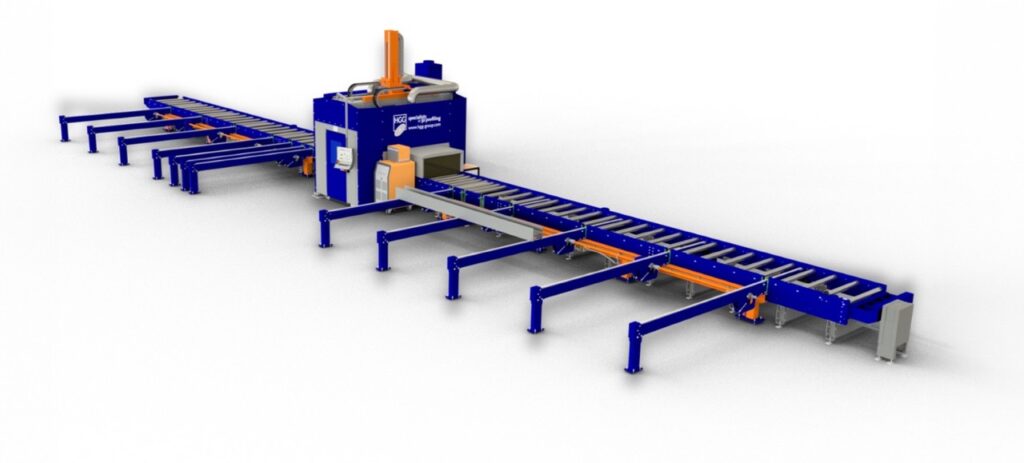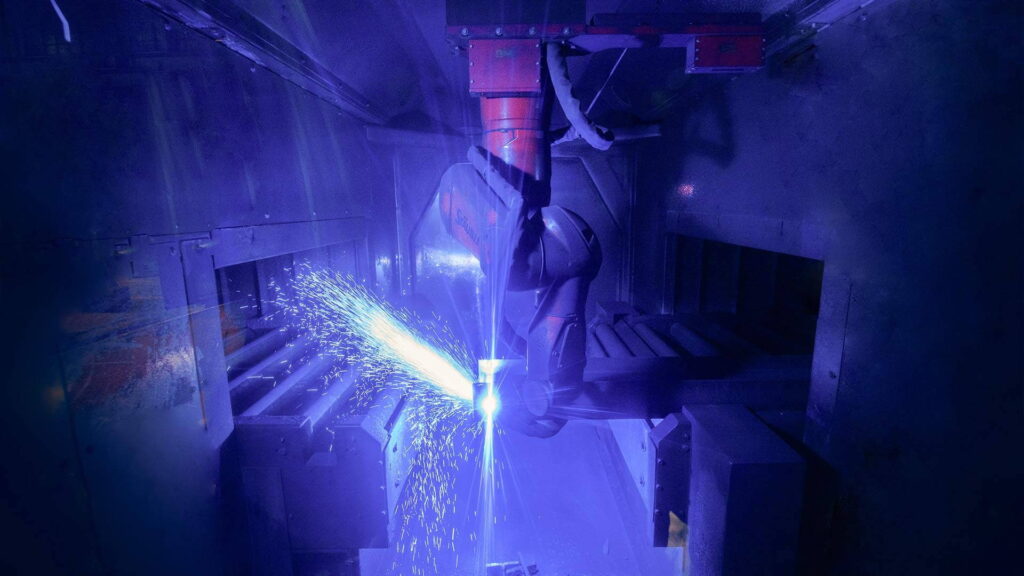Case Study RPC 1200 Mk3
HGG Case Study at Constructiebedrijf Hillebrand
WATCH VIDEO
About this case
introduction
The Vlaardingse Vaart Bridge, also called The Twist, is a 45m long helical truss bridge for pedestrian and bicycle traffic. It’s located in Vlaardingen, a city in the outskirts of Rotterdam, The Netherlands. It links two neighboring suburbs and is therefore a critical connection in the region’s bicycle path network
45
Meter long bridge
The Twist
400
Tubes of steel
The Twist
2009
Year of completion
The Twist
100
Tons of steel
The Twist
The bridge
The bridge’s truss is made out of 400 steel tubes welded together, galvanized and painted red. The truss’s rectangular cross-section twists through a 90° angle along the entire span of the bridge, so that it is diamond-shaped in the bridge’s center and nearly horizontal at both ends of the structure.
This design also serves a functional purpose – reducing vibrations from traffic on the bridge. Made of box sections it twists on a horizontal axis, and the constantly changing sections are the perfect design to absorb the vibration produced by cyclists crossing over, thus reinforcing the bridge’s movement.
Due to the twisted shape all diagonals made of box section were unique positions. This made it almost impossible to achieve the desired results by manual cutting.
Hildebrand construction
Constructiebedrijf Hillebrand did all the engineering, manufacturing and assembly work on the Vlaardingse Vaart bridge. Hillebrand is an innovative Dutch company highly experienced in building complex steel constructions. All the box section cutting was performed at the HGG’s cutting facility in Wieringerwerf, The Netherlands.
The CAD package data of the unique design was successfully converted into CNC data files for HGG’s beam cutting machine, the RPC, without the need for further processing. The accurately realized cuts resulted in fast and easy fitting and welding of the box sections into the complex structural design.
Being a finalist at the Dutch Design Awards
Constructed largely on-site and prefabricated in a temporary shed, the bridge was lifted into place in 2009. The transportation and the commissioning onto the foundation frame went flawlessly executed and was an impressive sight to witness for the hundreds of spectators who attended the inauguration.
Due to the extraordinary design the bridge was one of three finalists in the Best Public Space category for the Dutch Design Awards in 2009, while it was previously called ‘an engineering failure’







